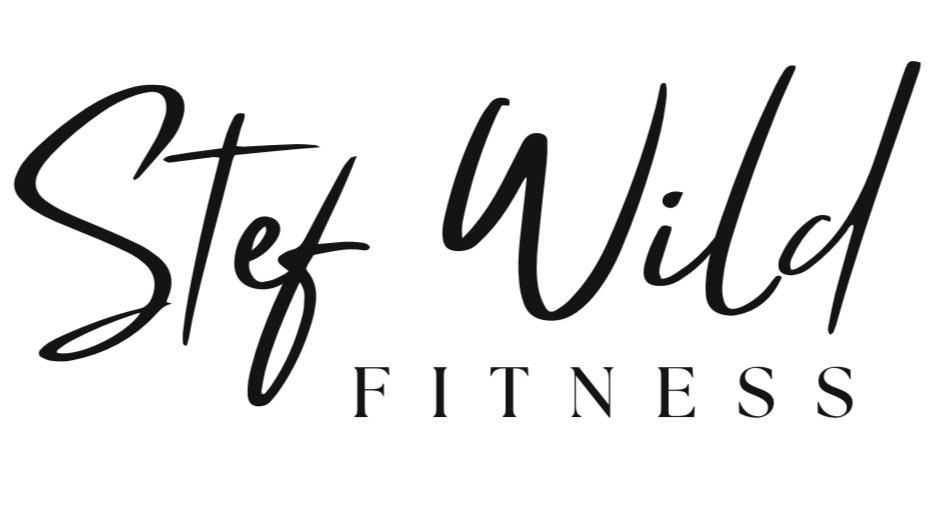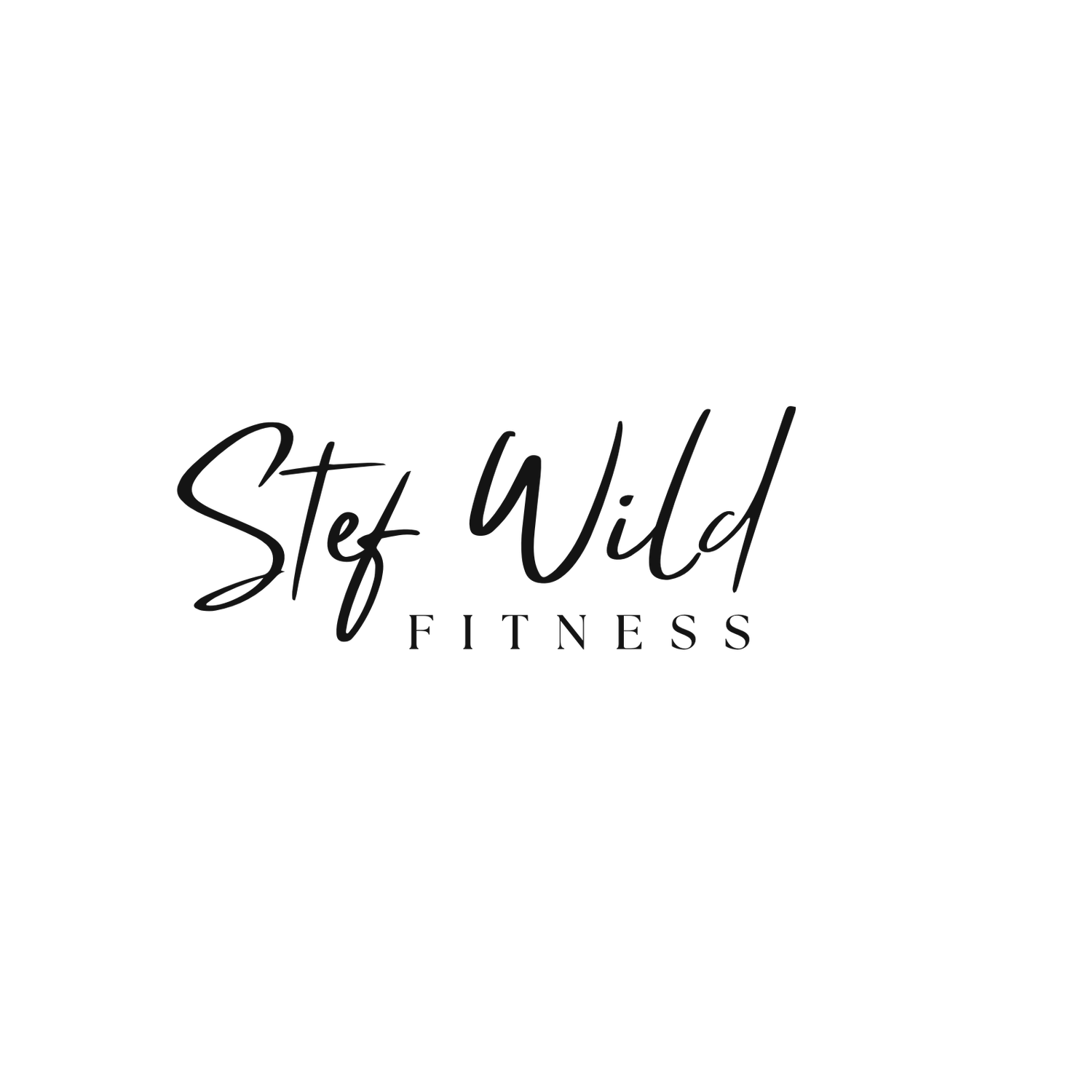7 Pilates Tips For Beginners (and everyone really!)
“ Learn the balance between strength and flexibility, and don’t let your ego get in the way!”- Stef Wild
If you’re a little confused about what Pilates is exactly, what you might be getting out of your Pilates class, and how to ensure you’re getting the most out of your time training in the method, read on!
I’ve compiled the tips and information that I think are most useful if you’re embarking on a journey of learning this exercise method that has stood the test of time.
Here’s seven points that I hope will clarify any confusion you have on the magical exercise method that is only growing in popularity all over the world, and will help you feel more like an expert in the field yourself!
1. Know the basic history of Pilates.
Don’t know the difference between Reformer Pilates, Mat Pilates, Clinical Pilates or Barre Training? Here’s all you need to know:
Pilates was originally developed by a German man named Joseph Pilates in the early 20th Century, and long story made short, his holistic exercise regime came into trend when he opened his first fitness studio in New York City, sharing an address with The New York City Ballet. His studio became hugely popular with ballet dancers as well as actors and actresses as his training style built strength balanced with flexibility.
Nowadays, you can find a range of fitness studios with different offerings of Pilates’ original work as well as variations and adaptations of his original exercises. Some studios use the traditional machines or ‘apparatuses’ originally invented by Joseph Pilates, such as the Reformer or Cadillac, while others offer Mat Work classes or a combination of all.
Some studios have also taken his original ideas and expanded on them with a more modern and contemporary approach. Clinical Pilates refers to a rehabilitation style of training where a program is designed specific to a client’s needs, and fitness-based styles of Pilates are all the rage nowadays which include ‘Barre’ training; a hybrid of Mat Pilates, Ballet Barre, and Functional Fitness training methods
2. Choose a Pilates studio that matches your goals and needs.
When deciding on a Pilates style for you, I recommend you try them all! While the spring-loaded Reformer beds may look impressive, it’s worthwhile to never underestimate the power of a mat-based Pilates class too. One of the benefits of learning mat Pilates moves (without any equipment) is that you to then develop your own training program that you can do at home or on holiday with no equipment required.
Pilates exercises are often used by Physiotherapists for rehabilitation purposes and also used by a variety of athletes and Personal Trainers for alignment and body conditioning. Depending on the intensity of training, Pilates classes can vary greatly and can be very versatile in this way. It’s therefore important to consider why you are training and then find an instructor who will cater to your personal goals and needs.
3. Become a great listener! Listen closely to your instructor and your body.
Want to deadlift your P.B, run a marathon with less chance of injury, or be able to train harder in HIIT class with perfect form? Pilates will ensure you do this safely and give you the body awareness tools to excel.
With such a strong focus on correct alignment of the body, doing Pilates is the perfect way to perfect your technique in other training styles.
Sore lower back? Struggling with Sciatica? Or are you a victim of the modern ‘Tech-neck’ phenomenon? These are all common problems that can be improved, if not eliminated through Pilates training.
Training in Pilates brings awareness to alignment issues in an individual’s body so that they can then strengthen the areas of weakness that are causing misalignment and subsequent pain.
With this new-found body awareness, you’ll be sitting up straighter and become aware of when you’re slouching, even without mum there to tell you off about it.
4. Breathe. Inhale, and exhale deeply.
Your instructor will cue your breathing throughout the class. Telling you to inhale at certain phases of an exercise and exhale in other areas. Not only can breathing help with the activation of muscle groups but much like in Yoga, it can help you with relaxation and total wellness, helping you to release unnecessary tension in places where you don’t need to be holding any.
This newfound awareness of the depth of your breath may even stay with you beyond the Pilates studio and result in a calmer and more mindful you!
It’s important for beginners, in particular, to not get too caught up in worrying if you have the correct breathing form. Simply do your best and you will find over time that you will get the hang of it. The most important thing is that you are in-fact actually breathing! There’s nothing relaxing about turning blue while you are training.
5. Learn the balance between strength and flexibility, and don’t let your ego get in the way!
Pilates exercises have a tendency to really kick your ass when done correctly. Although they may look gracefully easy when demonstrated by your instructor or in that video you saw on Instagram, there are many technical elements to executing exercises in the way Joseph Pilates intended.
Pilates is very much about achieving balance in the body. We want our muscles to be equal amounts strong and flexible for optimum performance. While wanting to do something ‘flexible’ may be tempting, it’s important to appreciate the limitations of your body and the necessary strength that is also required to execute advanced moves safely.
A favorite training method amongst dancers and gymnasts due to the large amount of strength required throughout a huge range of movement in the joints, you may find yourself in class right beside an athlete literally kicking themselves in the head. While you may, of course, appreciate and be inspired by the talents of others in your class, it’s important that you don’t let it deter or overwhelm you. We are all on our own journey. Stay on track with your goals, keep tunnel vision towards them, and soon you too may be in the splits after all.
6. Always remember the 6 Essential Pilates Principles:
Centering: Always bring your main focus to your “Powerhouse” aka your core.
Concentration: Turn your phone off and try not to chat too much to your friend on the mat next to you. Bring your full commitment to your Pilates practice as it is required for all of these principles.
Control: Every movement made by your body in Pilates training is a conscious movement from your mind. Complete muscular control is the ultimate goal of Pilates training.
Precision: Make precision and alignment your friend. Be mindful of all your movements and body positioning. It is essential to the method.
Breath: Pilates is all about fully utilizing your lungs and coordinating the breath with the movement. Much like in Vinyasa Yoga (of which the literal translation is ‘movement with breath’) breathing deeply is an amazing way to holistically incorporate relaxation and a deeper awareness of the workings of the muscular contractions in your body.
Flow: Fluidity, grace and ease of movement are all goals of Pilates training, and often learning these skills in Pilates class will then carry through to your daily life. It’s the same way you can tell if someone is a Ballet dancer, by simply the way they move in everyday life.
7. Be a good Pilates addict. Balance is key, after all.
Pilates is easy to fall in love with. The balance of strength and flexibility, the endorphin rush of a great session, the peaceful tranquility after deep breathing, and not to mention your ever-firming backside are all reasons people just can’t get enough. Being addicted to Pilates training is a great problem to have, but where many people fall short is in not making sure their training is varied and incorporating all elements of a well-rounded training session.
Elements such as heavy resistance training and endurance cardiovascular exercise, for example, are also very important elements of a well-rounded training regime. While these elements can be achieved through Pilates training (jump board Reformer training anyone?) some instructors may miss including these elements, particularly if they are teaching in more of a clinical setting. It’s therefore important to ensure you are using Pilates as a tool alongside other training methods that are specific to your goals.


